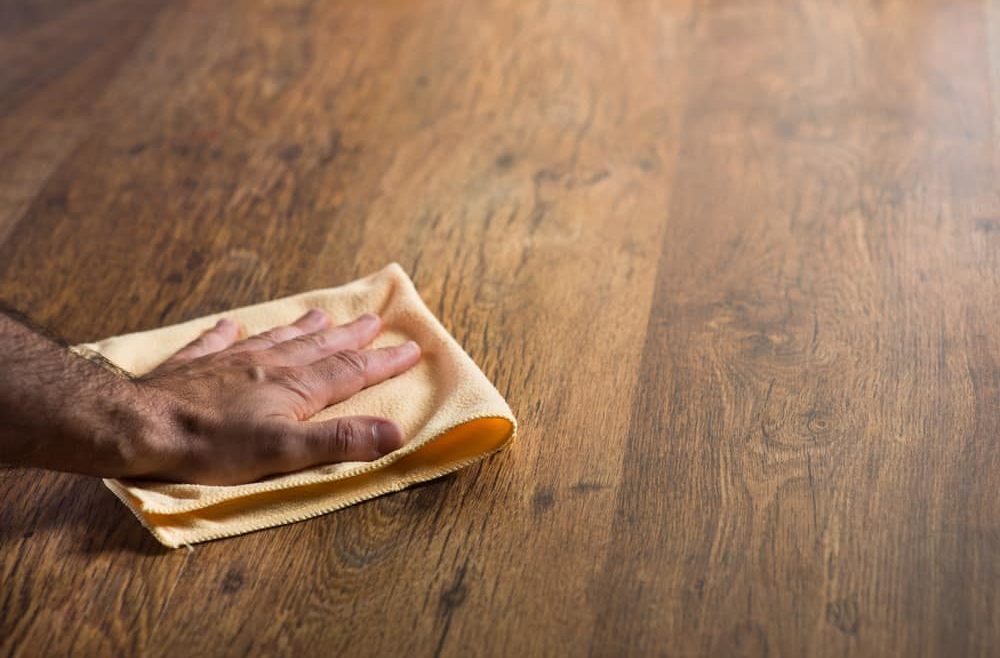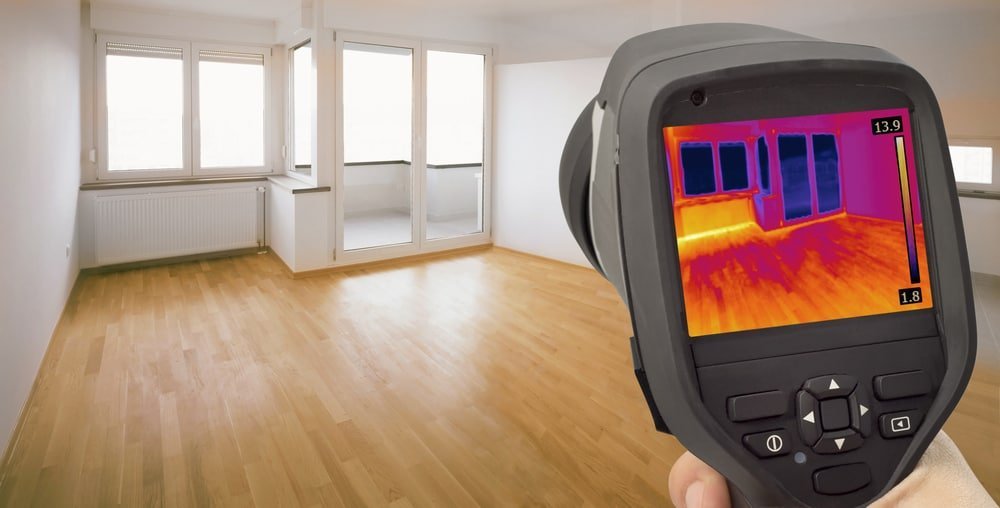Are you considering installing hardwood floors in your home? It can be a beautiful and durable flooring option that adds value to your property. However, without proper installation, you could end up with a costly and frustrating mistake. In this article, we’ll discuss the most common mistakes to avoid when installing hardwood floors and provide you with expert tips and guidance to help you achieve a flawless installation.

Contents:
1. Not Measuring the Space Correctly
When it comes to measuring the space, precision is key. You need to accurately measure the length and width of the room, taking into account any irregularities such as alcoves or closets.
It’s also important to measure the height of the space, including any doorways or transitions, to ensure that your hardwood flooring will fit properly.
By not measuring the space correctly, you may end up with flooring that doesn’t fit properly or leaves unsightly gaps at the edges. This not only compromises the aesthetics of your floor but can also affect its durability and longevity. Ill-fitting flooring can lead to issues such as warping, buckling, or uneven wear over time.
2. Choosing the Wrong Type of Hardwood Flooring
One mistake that many people make is not considering the different types of hardwood available. There are various species of hardwood, such as oak, maple, and walnut, each with its own unique characteristics and appearance. It’s essential to research and understand the qualities of each type of wood to ensure it aligns with your desired aesthetic and performance requirements.
Overlooking the different finishes available can also lead to disappointment with the final result. Hardwood floors can be finished with different coatings, such as oil-based or water-based polyurethane, which can affect the appearance, maintenance, and durability of the floor. Each finish has its own pros and cons, so it’s important to consider factors such as ease of maintenance, desired sheen level, and the level of protection needed.
3. Skipping the Acclimation Process
When hardwood flooring is manufactured, it is typically stored in a controlled environment where the temperature and humidity levels are carefully regulated. However, the conditions in the room where the flooring will be installed may be different. If the hardwood flooring is not given enough time to acclimate to the new environment, it can lead to a variety of problems down the line.
Skipping the acclimation process can result in issues such as warping, buckling, or gaps in the flooring. This is because wood is a natural material that expands and contracts with changes in temperature and humidity. If the flooring is not allowed to adjust to the room’s conditions, it may expand or contract after installation, causing these problems.
4. Not Preparing the Subfloor Properly

Before installing hardwood floors, it is essential to ensure that the subfloor is clean, dry, and level. Any dirt, debris, or moisture on the subfloor can affect the adhesion and stability of the hardwood planks. Therefore, it is vital to thoroughly clean the subfloor, removing any dust, dirt, or loose particles. Additionally, if there are any signs of moisture or dampness, it is crucial to address the issue before proceeding with the installation.
Furthermore, it is important to check the levelness of the subfloor. Uneven subfloors can cause the hardwood planks to warp or buckle over time. To ensure a level surface, you can use a straightedge or a laser level to identify any high or low spots. If necessary, you may need to use a leveling compound to correct any uneven areas.
5. Neglecting to Use Moisture Barriers
Moisture barriers act as a protective layer between the subfloor and the hardwood flooring. They are typically made of materials like plastic or asphalt felt paper that inhibit moisture from passing through. By installing a moisture barrier, you create a barrier that prevents moisture from reaching the hardwood planks.
Neglecting to use moisture barriers can result in costly damage to your hardwood floors. It is a crucial step in the installation process that should not be overlooked. By taking the time to install a moisture barrier correctly, you can protect your investment and enjoy the beauty of your hardwood floors for years to come.
6. Failing to Leave Expansion Gaps
Hardwood is a natural material that expands and contracts with changes in temperature and humidity. If there are no gaps left around the perimeter of the room and at transitions, the hardwood planks will have no room to expand and may buckle or warp over time.
To prevent this, it is important to leave a gap of at least 1/4 inch between the hardwood flooring and the walls or any fixed objects. This gap allows the wood to expand and contract without causing any damage to the floor.
7. Not Using the Correct Tools or Techniques

Installing hardwood floors requires precision and attention to detail, and using the wrong tools or techniques can lead to disastrous results. This includes tools such as a tape measure, a chalk line, a miter saw, a coping saw, a pneumatic flooring nailer, and a flooring stapler. These tools are specifically designed for hardwood floor installation and will ensure that the job is done correctly.
Using the correct techniques is equally important. This includes acclimating the hardwood to the room’s humidity and temperature before installation, ensuring a level subfloor, and properly staggering the boards to create a visually appealing pattern. Failing to follow these techniques can result in buckling, warping, or gaps in the floor.
8. Skipping the Step of Sanding and Buffing
Sanding and buffing the hardwood floors before installation ensures that the surface is smooth, even, and free from any imperfections. It helps to remove any rough patches, scratches, or stains on the wood, creating a clean and flawless base for the flooring.
By skipping this step, you are compromising the overall appearance and quality of your hardwood floors. Without sanding and buffing, the imperfections and blemishes on the wood will become more apparent once the floors are installed. This can significantly diminish the aesthetic appeal of your flooring and leave you disappointed with the final result.
9. Rushing the Installation Process
One of the main issues with rushing the installation process is that it can result in improper installation. Hardwood floors require precision and attention to detail to ensure that they are properly aligned, leveled, and secured. If you rush through the process, you may end up with floors that are uneven, have gaps or buckling, or are not properly attached to the subfloor. These issues can be not only unsightly but also pose safety hazards and may require costly repairs or even replacement down the line.
Another consequence of rushing the installation process is that you may neglect important preparation steps. Before installing hardwood floors, it is crucial to properly prepare the subfloor by cleaning it, removing any existing flooring materials, and ensuring that it is level and free from moisture. Rushing through these preparation steps can result in adhesion problems, moisture damage, or even voiding the warranty on your hardwood flooring.
10. Not Hiring a Professional Installer
Professional installers have the expertise and experience to ensure that your hardwood floors are installed correctly. They have the necessary skills to handle any challenges that may arise during the installation process, such as uneven subfloors or tricky room layouts. They know the best techniques and tools to use, ensuring that your floors are properly aligned, leveled, and secure.
Additionally, professional installers have access to high-quality materials and equipment that may not be readily available to the average DIYer. They can recommend the best type of hardwood for your specific needs and budget, ensuring that you make a wise investment. They also have the expertise to handle delicate or specialty installations, such as intricate patterns or wide-plank floors.



























